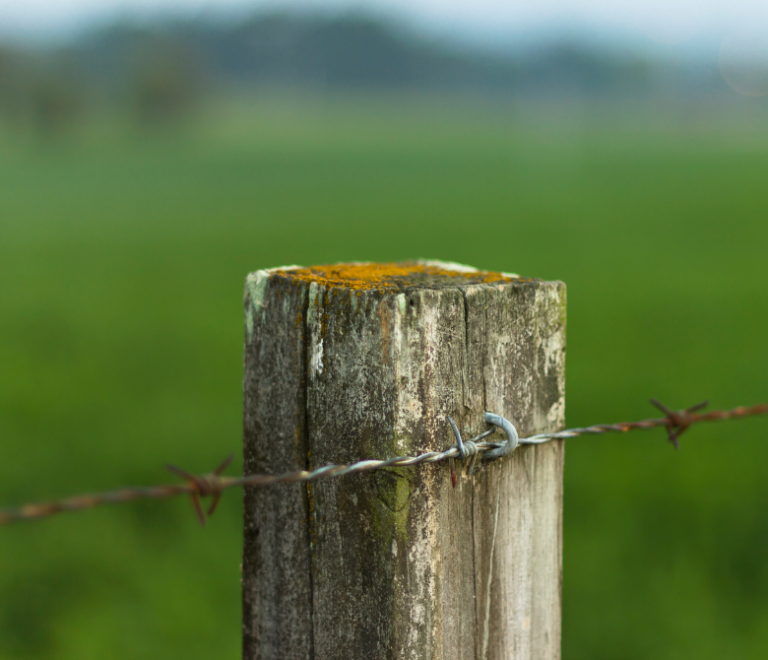Installing a fence on sloped ground presents unique challenges compared to flat terrain. Proper installation is crucial to ensure the fence remains stable and durable over time. One of the key elements of a successful installation is correctly placing and securing fence posts. Here’s how to do it right:
Choosing the Right Materials
Before starting the installation process, gather all necessary materials. This includes:
- Fence Posts: Choose posts that are suitable for the type of fence you are installing (wood, metal, vinyl, etc.). Ensure they are of sufficient length and thickness to provide adequate support.
- Concrete: Use high-quality concrete mix for securing the posts. Quick-setting concrete can be particularly useful for sloped ground installations.
- Gravel: Optional, but recommended for drainage purposes, especially if the soil is prone to retaining water.
- Tools: Post hole digger, level, tape measure, string line, and other basic tools.
Planning and Preparation
- Survey the Terrain: Assess the slope of the ground where the fence post will be installed. Note any significant changes in elevation or irregularities.
- Mark Post Locations: Use stakes and string lines to mark where each fence post will be placed. Adjust the placement to accommodate the slope, ensuring even spacing between posts.
Digging Post Holes
- Start with the First Post: Begin at the lowest point of the slope if possible. Dig the first post hole to the recommended depth, which is typically one-third of the total length of the post, plus an additional 6 inches for gravel and concrete.
- Adjust Hole Depth: For posts on a slope, the depth of each hole may vary. The uphill side of each post should be deeper than the downhill side to ensure the post remains level once installed.
Installing the Fence Posts
- Place the Posts: Insert the posts into the holes, making sure they are plumb (level vertically). Use a level to check both the side-to-side and front-to-back alignment.
- Add Gravel: Pour gravel into the bottom of each hole for drainage. This helps prevent water from pooling around the base of the post, which can cause premature decay.
- Pour Concrete: Prepare the concrete according to the manufacturer’s instructions. Fill the hole around the post with concrete, sloping it away from the post to promote water runoff.
- Support During Setting: Use braces or stakes to hold the posts in position while the concrete sets. Ensure the posts remain plumb and aligned during this crucial phase.
Securing the Fence Panels
- Attach Panels: Once the posts are set and the concrete has cured, attach the fence panels according to the manufacturer’s instructions.
- Check Alignment: Double-check the alignment of each panel, especially on sloped ground where adjustments may be necessary to ensure a uniform appearance.
Conclusion
Installing fence posts on sloped ground requires careful planning and execution. By following these best practices, you can ensure a sturdy and visually appealing fence that will withstand the challenges posed by varying terrain. Remember to regularly inspect the fence for any signs of shifting or damage, especially after heavy rains or strong winds. With proper installation, your fence will provide years of security and aesthetic enhancement to your property.


